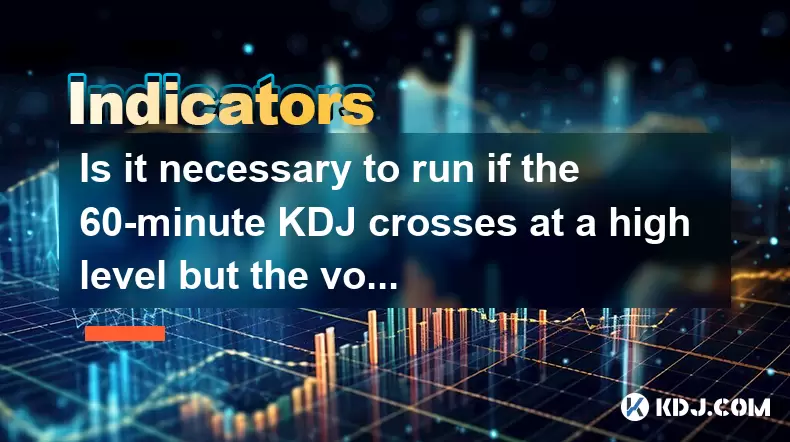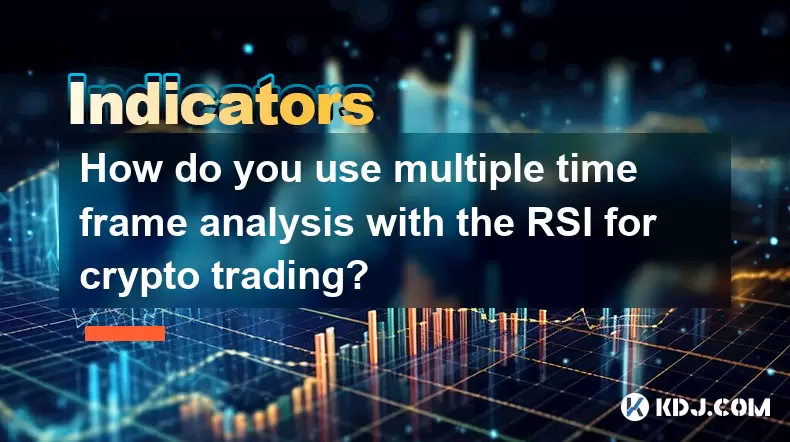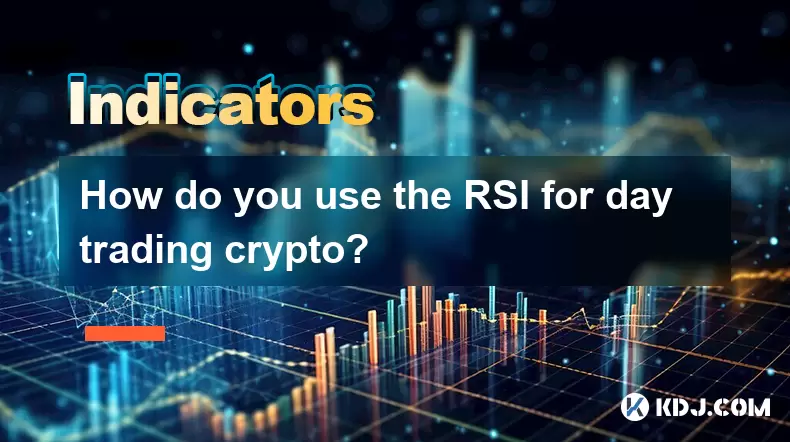-
 Bitcoin
Bitcoin $118400
0.47% -
 Ethereum
Ethereum $3836
2.20% -
 XRP
XRP $3.157
2.98% -
 Tether USDt
Tether USDt $0.9999
-0.03% -
 BNB
BNB $801.5
1.31% -
 Solana
Solana $180.9
2.07% -
 USDC
USDC $0.9999
-0.02% -
 Dogecoin
Dogecoin $0.2225
2.50% -
 TRON
TRON $0.3285
-1.02% -
 Cardano
Cardano $0.7789
2.60% -
 Hyperliquid
Hyperliquid $43.60
2.39% -
 Sui
Sui $3.892
4.41% -
 Stellar
Stellar $0.4229
3.34% -
 Chainlink
Chainlink $18.01
3.98% -
 Hedera
Hedera $0.2745
6.77% -
 Bitcoin Cash
Bitcoin Cash $582.3
3.38% -
 Avalanche
Avalanche $23.77
1.04% -
 Ethena USDe
Ethena USDe $1.001
0.01% -
 Toncoin
Toncoin $3.493
3.59% -
 Litecoin
Litecoin $110.0
2.48% -
 UNUS SED LEO
UNUS SED LEO $8.936
-0.37% -
 Shiba Inu
Shiba Inu $0.00001304
2.49% -
 Uniswap
Uniswap $9.999
1.09% -
 Polkadot
Polkadot $3.897
3.26% -
 Monero
Monero $308.6
-0.83% -
 Dai
Dai $0.9999
-0.01% -
 Bitget Token
Bitget Token $4.504
-0.04% -
 Pepe
Pepe $0.00001154
2.95% -
 Cronos
Cronos $0.1471
3.06% -
 Ethena
Ethena $0.6691
19.53%
Is it necessary to run if the 60-minute KDJ crosses at a high level but the volume shrinks?
A high-level KDJ cross with shrinking volume in crypto may signal a temporary pullback, not a trend reversal, urging traders to consider broader market dynamics before acting.
Jun 21, 2025 at 03:49 pm

Understanding KDJ Indicators in Cryptocurrency Trading
The KDJ indicator, also known as the stochastic oscillator, is a momentum-based technical analysis tool widely used in cryptocurrency trading. It consists of three lines: the fast stochastic line (K), the slow signal line (D), and the J line, which represents the divergence between K and D. When the 60-minute KDJ shows a cross at a high level, it typically indicates that the asset may be overbought. However, this alone doesn't necessarily mean traders should exit their positions.
Traders must not make decisions based solely on KDJ crosses without considering other market dynamics such as volume, price action, and broader trend indicators.
Interpreting High-Level KDJ Crosses in Crypto Markets
A high-level cross occurs when both the K and D lines move above the 80 threshold, indicating overbought conditions. If these lines then cross downward, it can suggest weakening momentum. In volatile crypto markets, such signals can often appear during strong uptrends but might not always lead to immediate reversals.
- High-level KDJ crosses may occur due to short-term profit-taking rather than a full reversal
- It's crucial to check if the price has already reached significant resistance levels
- Look for bearish candlestick patterns coinciding with the KDJ cross for confirmation
Despite appearing bearish, such crosses may just indicate a temporary pullback rather than a trend change.
The Role of Volume in Confirming KDJ Signals
Volume plays a pivotal role in validating any technical signal, including those generated by the KDJ indicator. A decline in volume during a KDJ cross at a high level could imply that selling pressure isn’t strong enough to reverse the trend. Conversely, a surge in volume alongside a downward KDJ cross may hint at increased selling interest.
- Shrinking volume suggests fewer traders are participating in the sell-off
- Compare current volume levels with average volumes over the past 10–20 periods
- Use volume indicators like OBV or Chaikin Money Flow to assess buying/selling pressure
If volume shrinks significantly, it may indicate that the recent upward movement still has support and the dip could be an entry opportunity.
How to Analyze Price Action Alongside KDJ and Volume
Price action should never be ignored when interpreting KDJ crosses and volume changes. Even if the KDJ suggests a bearish signal, if the price remains above key moving averages (like the 50-period or 200-period MA), the uptrend may still be intact.
- Check whether the price is forming higher highs and higher lows
- Watch for support zones or Fibonacci retracement levels near current prices
- Evaluate whether there’s a bullish divergence between price and KDJ
Sometimes, despite a high-level KDJ cross and shrinking volume, the price continues to consolidate or even rise due to underlying demand.
Practical Steps for Traders Facing This Scenario
When encountering a situation where the 60-minute KDJ crosses at a high level and volume shrinks, traders should take a methodical approach rather than panicking:
- Step 1: Identify the overall trend using daily and weekly charts
- Step 2: Check for confluence with other indicators like RSI, MACD, or Bollinger Bands
- Step 3: Observe how previous similar setups have played out historically
- Step 4: Adjust stop-loss orders to protect gains but avoid premature exits
- Step 5: Consider partial profit-taking instead of full position closing
This step-by-step process ensures traders remain objective and grounded in data rather than emotion.
Frequently Asked Questions
What does a KDJ cross at a high level mean in crypto trading?
A KDJ cross at a high level means the asset is potentially overbought. The K and D lines crossing below each other above the 80 level may signal a slowdown in upward momentum, but it doesn’t guarantee a reversal unless confirmed by other factors like volume or price behavior.
Can I ignore volume if the KDJ gives a strong sell signal?
No, you shouldn’t ignore volume. Even if the KDJ gives a sell signal, weak volume suggests limited participation in the selling and may indicate that the uptrend remains intact. Always use volume as a secondary confirmation tool.
Is it safe to hold a position after a high-level KDJ cross with shrinking volume?
Yes, it can be safe to hold if other elements like trend, support levels, and volume don’t confirm a reversal. Shrinking volume implies lack of conviction among sellers, so holding until clearer signs emerge can be a prudent strategy.
How do I differentiate between a pullback and a trend reversal using KDJ and volume?
To differentiate:
- In a pullback: Volume tends to shrink, price stays above key supports, and KDJ may re-enter oversold territory before turning up again
- In a reversal: Volume surges, price breaks critical support/resistance, and KDJ stays bearish for an extended period
Disclaimer:info@kdj.com
The information provided is not trading advice. kdj.com does not assume any responsibility for any investments made based on the information provided in this article. Cryptocurrencies are highly volatile and it is highly recommended that you invest with caution after thorough research!
If you believe that the content used on this website infringes your copyright, please contact us immediately (info@kdj.com) and we will delete it promptly.
- SEC, Crypto, and Securities: Navigating the New Frontier
- 2025-08-01 05:10:12
- Cardano (ADA) Market Cap: Can It Compete with Emerging Cryptocurrencies and Meme Coins?
- 2025-08-01 04:30:12
- SEC, Crypto, and On-Chain: Navigating the Regulatory Maze
- 2025-08-01 02:31:40
- Jito Labs, Solana, and Liquid Staking: Riding the Wave of Innovation
- 2025-08-01 03:50:12
- Perpetual DEX: Navigating Onchain Trading and Solving Core Problems, a NY Perspective
- 2025-08-01 03:57:53
- Bitcoin Bullish Market: How Long Positions are Boosting the Crypto King
- 2025-08-01 02:35:33
Related knowledge

How do you use multiple time frame analysis with the RSI for crypto trading?
Aug 01,2025 at 05:19am
Understanding the Role of RSI in Crypto TradingThe Relative Strength Index (RSI) is a momentum oscillator that measures the speed and change of price ...

How can you use the RSI to determine exit points in crypto trades?
Aug 01,2025 at 04:29am
Understanding the Role of RSI in Crypto TradingThe Relative Strength Index (RSI) is a momentum oscillator widely used in the cryptocurrency market to ...

How do you use the RSI for day trading crypto?
Aug 01,2025 at 05:26am
Understanding the RSI in Cryptocurrency TradingThe Relative Strength Index (RSI) is a momentum oscillator that measures the speed and change of price ...

What does it signify when the MACD crosses below the zero line?
Aug 01,2025 at 01:43am
Understanding the MACD IndicatorThe Moving Average Convergence Divergence (MACD) is one of the most widely used technical analysis tools in the crypto...

How does the MACD histogram show momentum?
Aug 01,2025 at 01:16am
Understanding the MACD Histogram and Its Role in Cryptocurrency TradingThe MACD histogram is a visual representation of the difference between the MAC...

What is a MACD crossover?
Jul 31,2025 at 11:52pm
Understanding the Role of Private Keys in Cryptocurrency SecurityIn the world of cryptocurrency, private keys are the cornerstone of ownership and con...

How do you use multiple time frame analysis with the RSI for crypto trading?
Aug 01,2025 at 05:19am
Understanding the Role of RSI in Crypto TradingThe Relative Strength Index (RSI) is a momentum oscillator that measures the speed and change of price ...

How can you use the RSI to determine exit points in crypto trades?
Aug 01,2025 at 04:29am
Understanding the Role of RSI in Crypto TradingThe Relative Strength Index (RSI) is a momentum oscillator widely used in the cryptocurrency market to ...

How do you use the RSI for day trading crypto?
Aug 01,2025 at 05:26am
Understanding the RSI in Cryptocurrency TradingThe Relative Strength Index (RSI) is a momentum oscillator that measures the speed and change of price ...

What does it signify when the MACD crosses below the zero line?
Aug 01,2025 at 01:43am
Understanding the MACD IndicatorThe Moving Average Convergence Divergence (MACD) is one of the most widely used technical analysis tools in the crypto...

How does the MACD histogram show momentum?
Aug 01,2025 at 01:16am
Understanding the MACD Histogram and Its Role in Cryptocurrency TradingThe MACD histogram is a visual representation of the difference between the MAC...

What is a MACD crossover?
Jul 31,2025 at 11:52pm
Understanding the Role of Private Keys in Cryptocurrency SecurityIn the world of cryptocurrency, private keys are the cornerstone of ownership and con...
See all articles

























































































